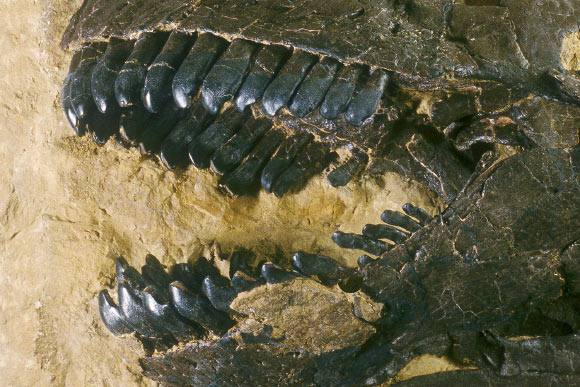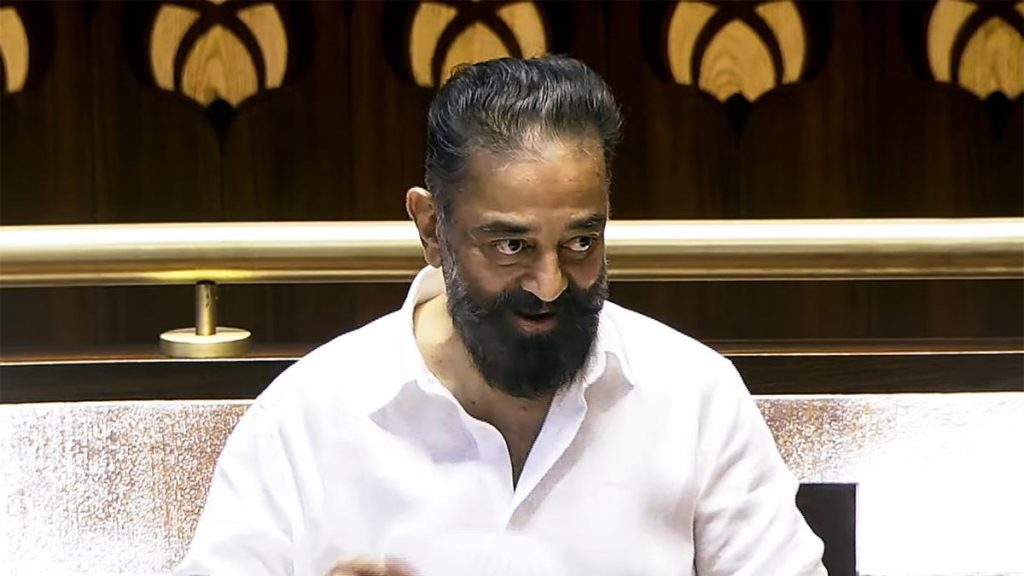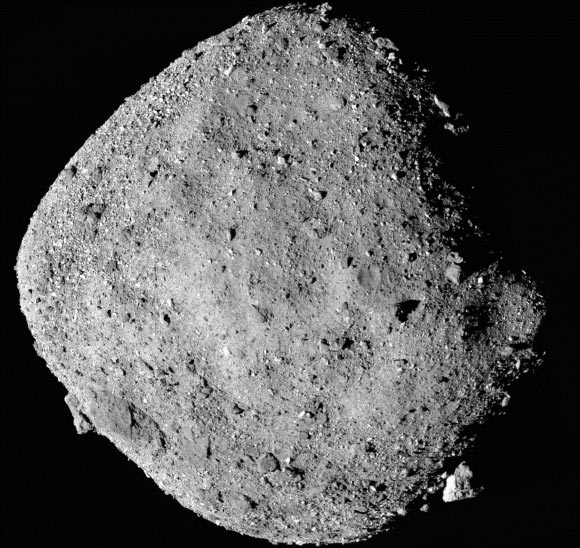Now Reading: Scientists Decode Mesozoic CO2 Levels Using Dinosaur Tooth Enamel
-
01
Scientists Decode Mesozoic CO2 Levels Using Dinosaur Tooth Enamel
Scientists Decode Mesozoic CO2 Levels Using Dinosaur Tooth Enamel

Quick summary
- Timeframe: Earth’s atmosphere during the Mesozoic era (252-66 million years ago) contained significantly higher carbon dioxide levels than today.
- Key Findings:
– Total photosynthesis by plants globally was double that of current rates.
– Atmospheric carbon dioxide was four times today’s level during the Late Jurassic (~150 million years ago) and three times higher in the Late cretaceous (~73-66 million years ago).
– Oxygen isotope analysis of dinosaur teeth indicated spikes in CO₂ levels, potentially linked to events such as volcanic eruptions (e.g., Deccan Traps in India).
- Methodology: dental enamel from fossilized dinosaur teeth was analyzed as it records oxygen isotopes influenced by atmospheric conditions and plant productivity during their lifetimes.
- Meaning: A novel method utilizing tooth enamel offers a new way to reconstruct historical climate data with greater specificity compared to prior soil or marine-based approaches.
- Paleoclimatology Advancement: This research sheds light on long-term climate dynamics and highlights how ancient ecosystems operated under elevated greenhouse gas conditions.
Indian Opinion Analysis
The study’s methodology not only progresses paleoclimatology but also has broader implications for understanding Earth’s response to high CO₂ environments. Noteworthy is its potential link to India’s Deccan traps eruptions, which emphasizes the role of geological events from this region in influencing global atmospheric shifts. As India seeks sustainable approaches amidst contemporary concerns over rising greenhouse gas levels, insights into past high CO₂ eras can offer valuable lessons on planetary resilience and biological adaptability. Moreover, using fossilized enamel for reconstructing ancient climates underscores India’s vast paleo-resources’ untapped scientific potential.
























